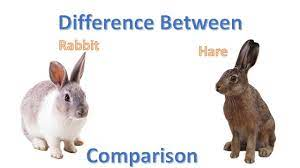Are Green Potatoes Dangerous to Eat?
When potatoes are stored in a warm bright place, the tubers detect that they might be in a suitable growing location and prepare to sprout. Chlorophyll production increases, which slowly tints the peel, and eventually some of the flesh, green. While chlorophyll is a harmless chemical, its presence in potatoes indicates that the tubers have also increased their production of a glycoalkaloid known as solanine. Solanine protects potatoes and other plants in the family Solanaceae from herbivory and serves to preserve the sprouting spud from hungry animal mouths. Solanine is considered a neurotoxin, and ingestion by humans can cause nausea and headaches and can lead to serious neurological problems and even death if enough is consumed. A recent study suggested that a 16-oz (450-gram) fully green potato is enough to make a small adult ill. Cooking does not destroy the solanine toxin, so the green parts of potatoes should be removed entirely. Green potatoes should especially not be served to children, whose smaller bodies make them more susceptible to poisoning. To reduce the risks, potatoes should be stored in cool dark areas, and when in doubt, throw them out (or plant them in your garden!).
What’s the Difference Between Cane Sugar and Beet Sugar?
White table sugar comes from either sugarcane or sugar beets and is usually sold without its plant source clearly identified. This is because—chemically speaking—the two products are identical. Refined table sugar is pure, crystallized sucrose, much in the same way that pure salt is simply sodium chloride. Sucrose is found naturally in honey, dates, and sugar maple sap, but it is most concentrated in sugarcane and sugar beets. The refining process renders the original plant irrelevant as the sucrose is completely extracted from the plant that produced it.
However, distinguishing between cane and beet sugar is not completely a marketing ploy and is fairly common on sugars sold in health food stores. In order to make sugarcane crystals pure white, the sugar is usually processed with bone char; beet sugar does not require this step. Although the final sugarcane product does not have bone in it, this distinction is important to many vegans and other vegetarians who seek to minimize animal suffering.
Additionally, many bakers and pastry chefs claim there is a difference between brown sugars made from sugarcane and those of sugar beets. The molasses that colors brown sugar comes from sugarcane processing and is not a high-grade product of sugar beets. Thus, brown sugar made from sugar beets has sugarcane molasses added. Although the industry maintains that they are identical products, many chefs use only brown sugar made from sugarcane, maintaining that brown beet sugar negatively affects their products. Although some assert that the difference lies in the trace minerals from the two plants, it is more likely that there is a moisture difference that may affect baked goods and other desserts.




